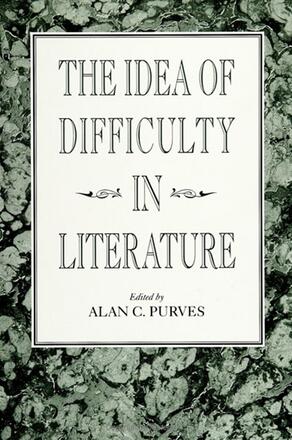
The Idea of Difficulty in Literature
Alternative formats available from:
Description
This book redefines the nature of textual difficulty in literature and shows the implications of the new definition for teachers at all levels of education. Contrary to the traditional use of grade levels or readability formulae, the authors redefine difficulty in terms of readers and the texts they meet. They base their arguments on contemporary linguistic theory, on historical and comparative studies of criticism, on literary theory about readers and texts, on post-Freudian psychology, on empirical research concerning the nature of reading literature, and on studies of classrooms, curricula, and testing. What emerges is a coherent work that builds a case for seeing difficulty in literature as a human phenomenon more than a textual one.
Alan C. Purves is Director of the Center for Writing and Literacy, and Professor of English and Humanities at the State University of New York at Albany.
Reviews
"I like the fact that this collection revolves around a single phenomenon, but examines that phenomenon from a range of different disciplinary perspectives — literary criticism, cognitive psychology, linguistics, educational research, post-structuralist criticism, etc. This text should be useful in addressing a central ambiguity in secondary and college literature instruction — the conflict between the need to provide 'appealing/relevant' texts and the need to intellectually challenge students. " — Richard Beach, University of Minnesota